As I learn the ropes of parenting a toddler, one of the biggest concepts discussed amongst parents is tips and tricks to help our little ones learn to manage their big emotions. I can confidently say, this is no easy feat! With about three decades on my daughter, I’m still learning how to manage my own emotions – and those of others – as an Organizational Development consultant supporting various workplaces.
This led me to stop and ask – what are we as HR professionals, doing to support our team member’s Emotional Intelligence (EQ) and why does that matter? How are we building this skill in our workforce?
Before we answer those questions, it’s important to understand what EQ means. Emotional Intelligence is the ability to recognize, understand, and manage your own emotions – and those of others. EQ is no longer a ‘nice to have’ in the workplace, it’s a fundamental driver of team performance, leadership effectiveness, and organizational health. Emotional intelligence is responsible for 58% of job performance across all types of jobs. This statistic comes from TalentSmart, which has tested emotional intelligence (EQ) in more than one million people across various industries. Their research consistently shows that individuals with higher EQ scores outperform their peers, especially in leadership and customer-facing roles.
In a time of rapid change, hybrid teams, and battling workplace burnout and stress, EQ enables team members and leaders to build stronger relationships, navigate conflict, respond vs. react, and create psychologically safe environments. According to Danile Goleman’s model, EQ encompasses 5 core components:
- Self-awareness – recognize your own emotions and their impact
- Self-regulation – managing our impulses, moods, and behaviors
- Motivation – harnessing those emotions to pursue goals
- Empathy – understanding others’ emotions, perspectives, and concerns
- Social skills – managing relationships, building networks, and navigating social complexities
Why does this matter? Leaders and workforces in general with high EQ are better equipped to inspire, influence, and manage their teams more effectively. Developing our team members to properly navigate conflict, collaborate, and feel heard not only helps mental well-being, but also reduces turnover and burnout.
There are various strategies employers can implement to build EQ in the workplace across different levels and facets. This can include incorporating 360-feedback during reviews, encouraging journaling for reflection, coaching & mentoring, and most importly, modeling by leadership. Encouraging a feedback culture to normalize giving and receiving constructive emotion-aware feedback, and training managers how to use non-judgmental language and active listening skills can also go a long way.
I worked with a client where a team lead was unintentionally coming across as blunt in meetings, which made junior staff hesitant to speak up. With a quick coaching session, we introduced a simple pause-and-reflect technique before responding and encouraged the lead to start meetings by checking in personally with the team. The results were almost immediate – the team became noticeably more engaged within two weeks, with one junior staff sharing, “I feel like my ideas are finally being heard.”
While this example may not be applicable to my toddler, I still find there are many methods we adults can master to manage our emotions and teach to the younger generation in hopes that they build these skills before they enter the workforce!
If you’re not sure how to start building emotional intelligence in your organization or just want to enhance your current practice, Compass will to point you in the right direction! Please reach out to Stephanier@wearecompass.com

